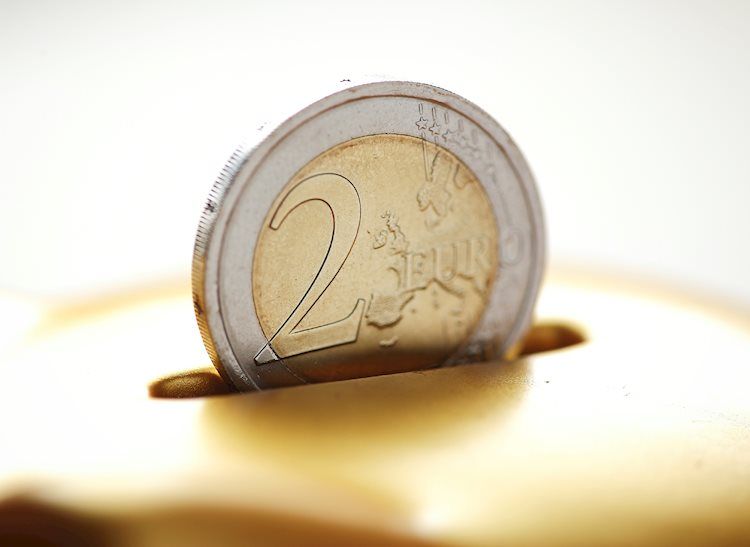EUR/USD is trading with mild gains near 1.0880 during Tuesday’s early Asian session. The US Dollar (USD) is edging lower as traders await the outcome of the US presidential election and a likely interest rate cut from the Federal Reserve (Fed), providing some support for the major pair. Democratic candidate Kamala Harris and Republican Donald Trump are nearly tied in opinion polls, with results expected to be announced days after voting ends. The rising expectation of a Fed rate cut at the November meeting is also dragging the Greenback lower. Financial markets are now pricing in a nearly 98% chance of a quarter-point reduction and an 80% chance of a similar move in December.
The recent Eurozone economic data has dampened expectations for the European Central Bank (ECB) to implement larger rate cuts in December. Market pricing suggests a 34bps rate cut, down from 42bps the previous day, indicating diminishing odds of a 0.5% reduction. The ECB’s commitment to a “data-dependent and meeting-by-meeting” approach to future policy decisions was reiterated during the October meeting. The Euro could gain strength based on the Eurozone November inflation report, which might offer some hints about the ECB interest rate outlook – aiding the currency’s performance.
The Euro serves as the currency for the 19 European Union countries within the Eurozone, accounting for 31% of all foreign exchange transactions globally. EUR/USD is the most heavily traded currency pair in the world, followed by EUR/JPY, EUR/GBP, and EUR/AUD. The European Central Bank (ECB) in Frankfurt manages the Eurozone’s monetary policy by setting interest rates to maintain price stability. The Eurozone inflation data, measured by the Harmonized Index of Consumer Prices (HICP), is crucial for the Euro’s performance – influencing the ECB’s interest rate decisions.
Data releases relating to economic health such as GDP, Manufacturing and Services PMIs, employment, and consumer sentiment surveys can impact the Euro, as a strong economy attracts more foreign investment and could lead the ECB to raise interest rates. The Trade Balance indicator measures the difference between a country’s exports and imports, with a positive net balance strengthening the currency. Economic data from the largest Eurozone economies – Germany, France, Italy, and Spain – can significantly impact the Eurozone’s economy and currency performance.
In conclusion, EUR/USD is trading with mild gains amid expectations of the US presidential election outcome and a potential Fed rate cut. The Euro is gaining strength as recent Eurozone economic data dampens hopes of significant ECB rate cuts in December. Market pricing suggests diminishing odds of a larger interest rate reduction. Understanding the factors influencing the Euro’s performance, such as ECB decisions, Eurozone inflation data, and economic indicators, can help traders anticipate market movements and make informed decisions. As global markets brace for key events in the US and Eurozone, the currency market remains dynamic and traders need to remain vigilant to navigate the changing landscape effectively.











